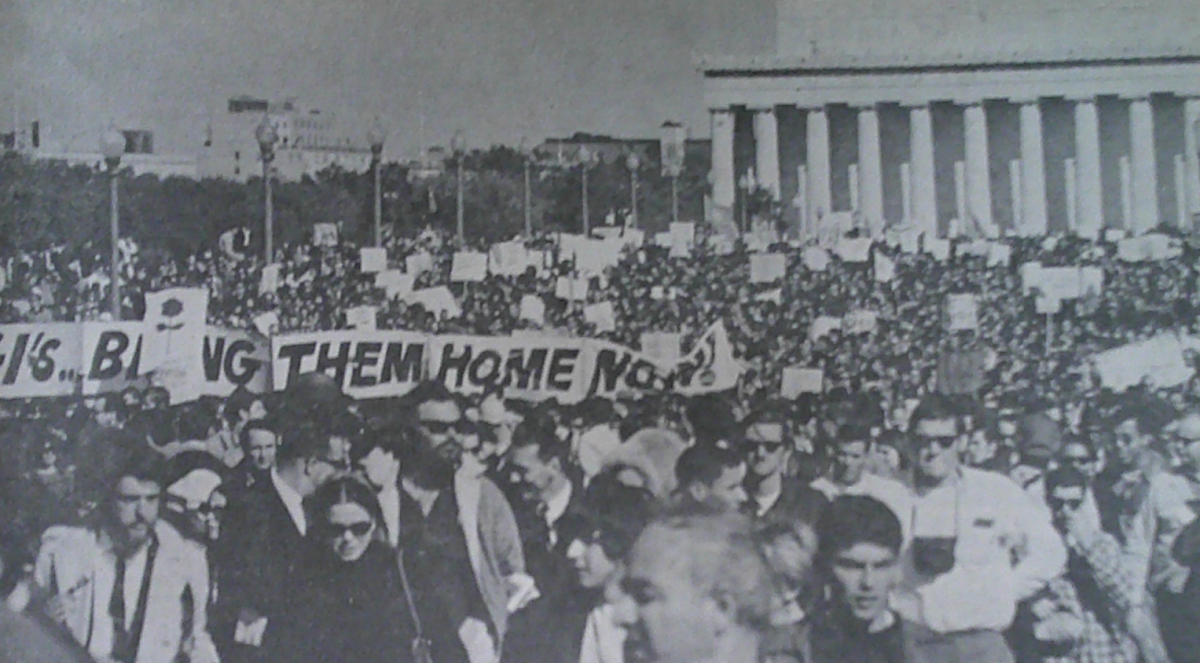If one of the responsibilities of our political officials is to dress in a way that makes their messages easier to digest, the male speakers had a great deal to learn from their female counterparts at Live from the White House: Making and Shaping the News, featuring four former presidential press secretaries, in Lisner Auditorium Monday.
Dana Perino and Dee Dee Myers, press secretaries for former Presidents George W. Bush and Bill Clinton, respectively, perfected the art of matching their political and fashionable ideologies in sleek, confident black ensembles.
Perino wore a black sweater with three-quarter-length sleeves, a medallion belt, black pencil skirt, and nearly knee-high leather boots. For an attractive, intelligent woman, a tasteful swath of chest and a splash of leg enhance the quality of her message. A host of unnecessary items like dangling jewelry and intrusive colors may tempt some women, but Perino’s artful balance of sophistication and femininity helped her message come through unfettered and clear.
Myers, opting for greater coverage in a full pantsuit and blazer, also exuded class and grace, without the slightest hint of ostentatious color or style. Her close-ups on C-SPAN showed viewers at home an elegant beaded necklace – a detail appreciated up close, but not distracting from a distance.
A poorly planned outfit replete with questionable accessories, like unnecessary information in a press conference, distorts the message a wearer wants to send, exemplified by the two male speakers at the event.
Mike McCurry, President Bill Clinton’s press secretary from 1994 to 1998, diffused numerous situations with timely humor, but not even well-crafted jokes could smooth over the over-accessorized interpretations of professional dress.
McCurry’s blazer, slacks and v-neck sweater were three different hues of gray, meaning that looking at him from a distance for too long could induce a headache. Perino and Myers’ all-black silhouettes, on the other hand, made it easier to take in their comments, without risk of distraction from bizarrely matched outfits.
Ari Fleischer, Bush’s press secretary from 2001 to 2003, should question his trust in his stylist, his wife, or whoever said a yellow tie with a square pattern over a blue-and-white striped oxford was acceptable. Up close it was painful to look at; from a distance, it was a bit dizzying.
But why was it the men of the panel who made the fashion faux pas? As women, Perino and Myers could have fallen for wild animal print blouses with indecent décolletages, obnoxious Vegas-style sequins and sparkles, or tawdry short skirts, all masqueraded by department stores as work-wear. They chose, however, to err on the side of conservative elegance in solid black outfits.
Few could forget President Barack Obama’s election night, but few remember what he was wearing – a sleek black suit, a white dress shirt and a simple red tie – no wacky solid collar on a striped shirt, no cardigan or sweater under the jacket and no nonsense accessories. His outfit was authoritative, simple and ultimately forgettable – the suit of a leader.
Clothes should serve to fortify the wearer’s message and confidence, but shouldn’t be the aspect people remember about the person.
While the highest compliment for a red carpet starlet is for her dress to be remembered for years, the fashion ideal for D.C. politicos is that their outfits are forgotten before they get to the dry cleaner’s.







